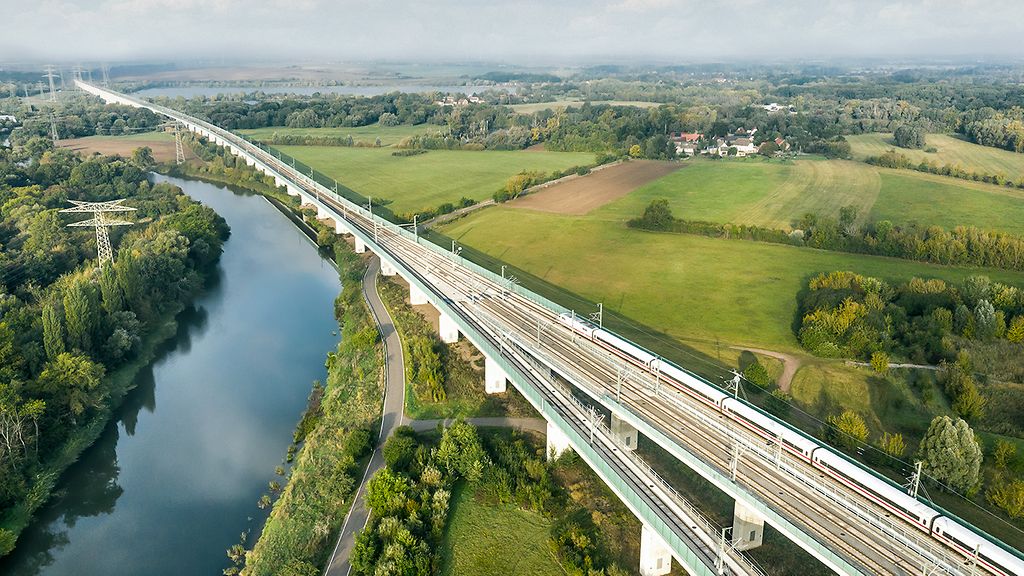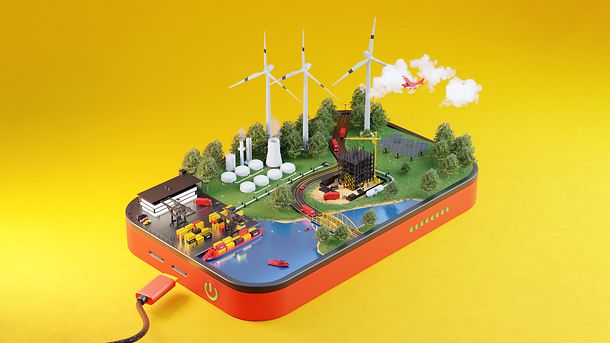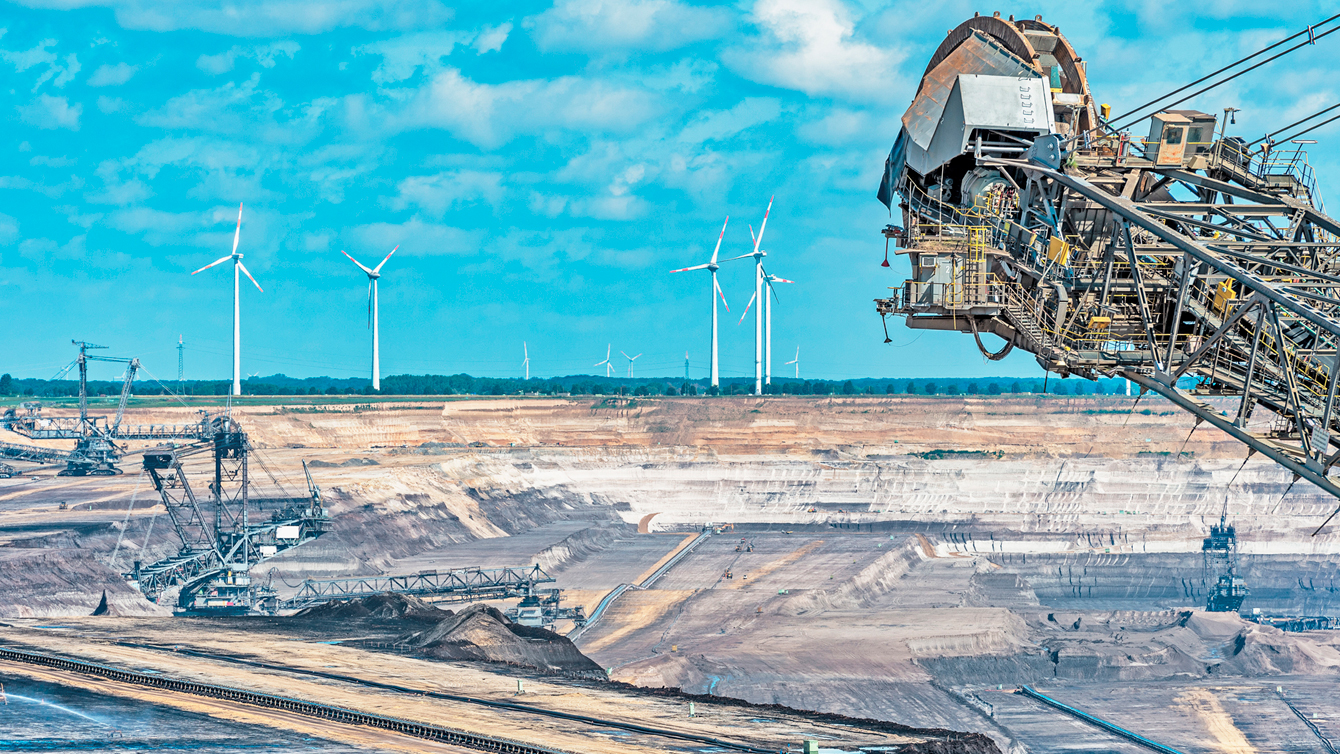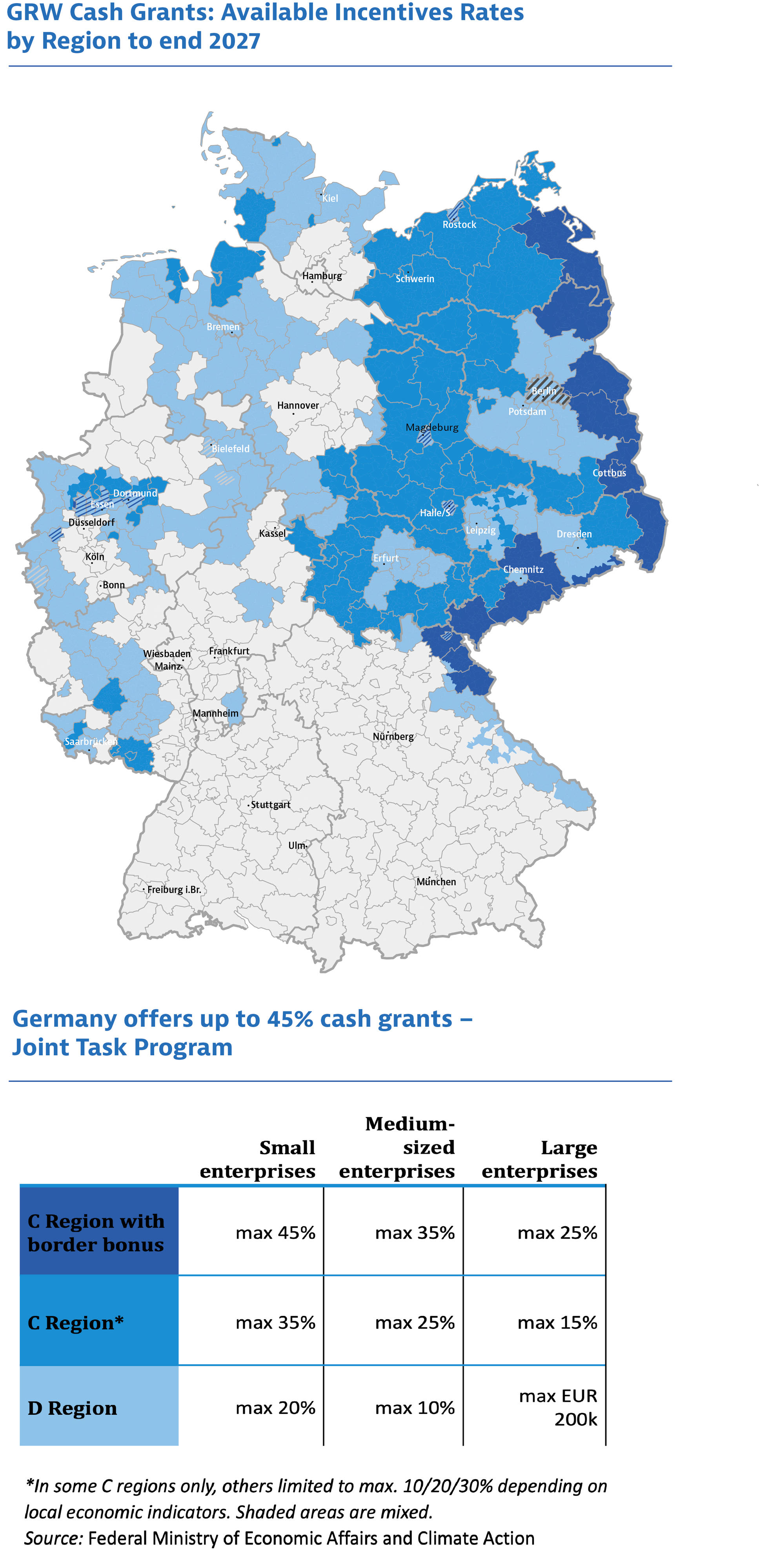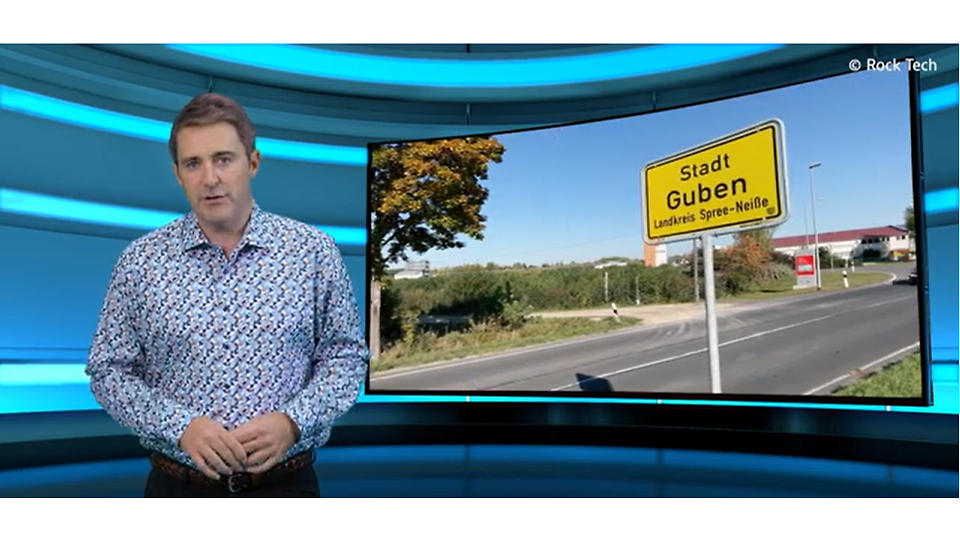Your company is already operating in Germany and you would now like to export worldwide?
German Regions undergoing Structural Change
As well as export promotion, investor consulting and location marketing, a major focal point of GTAI activity has been the promotion of the new federal states including Berlin. This has now been extended to include those regions undergoing structural change as well as those areas affected by the coal phase-out planned across Germany.
